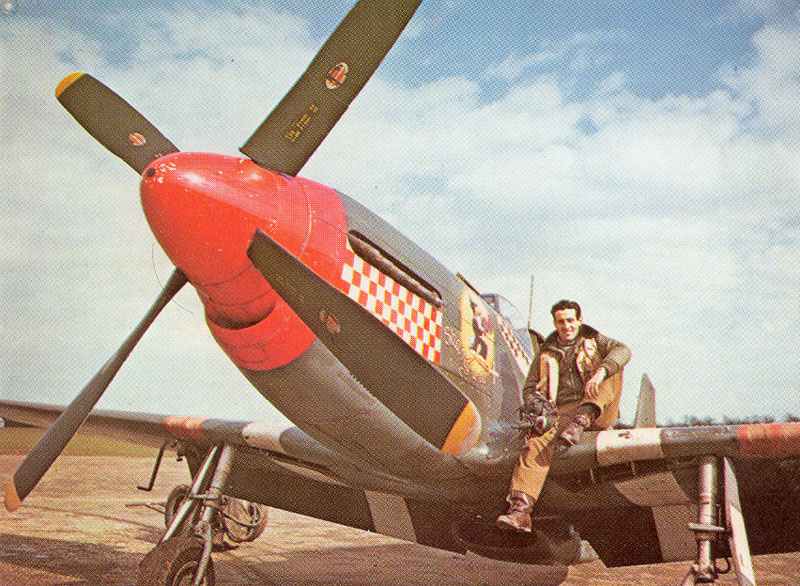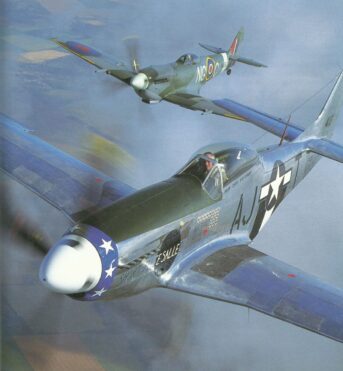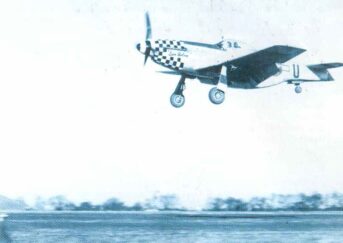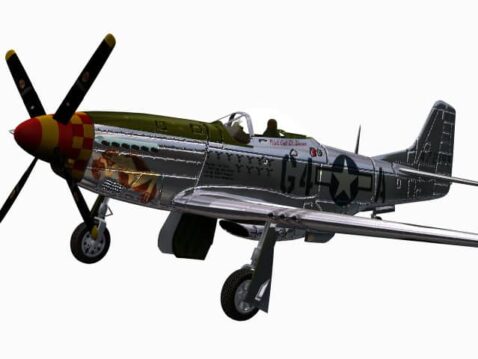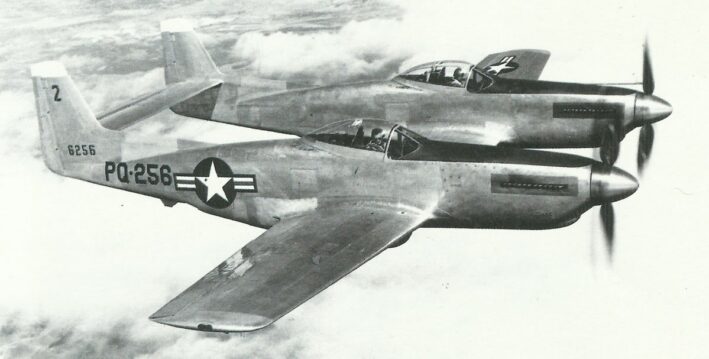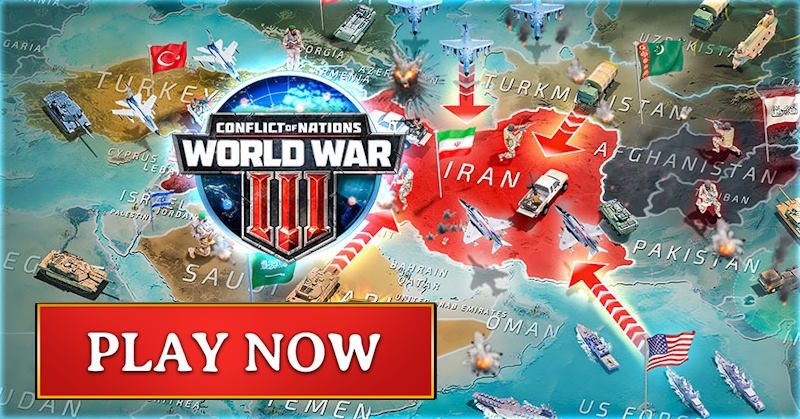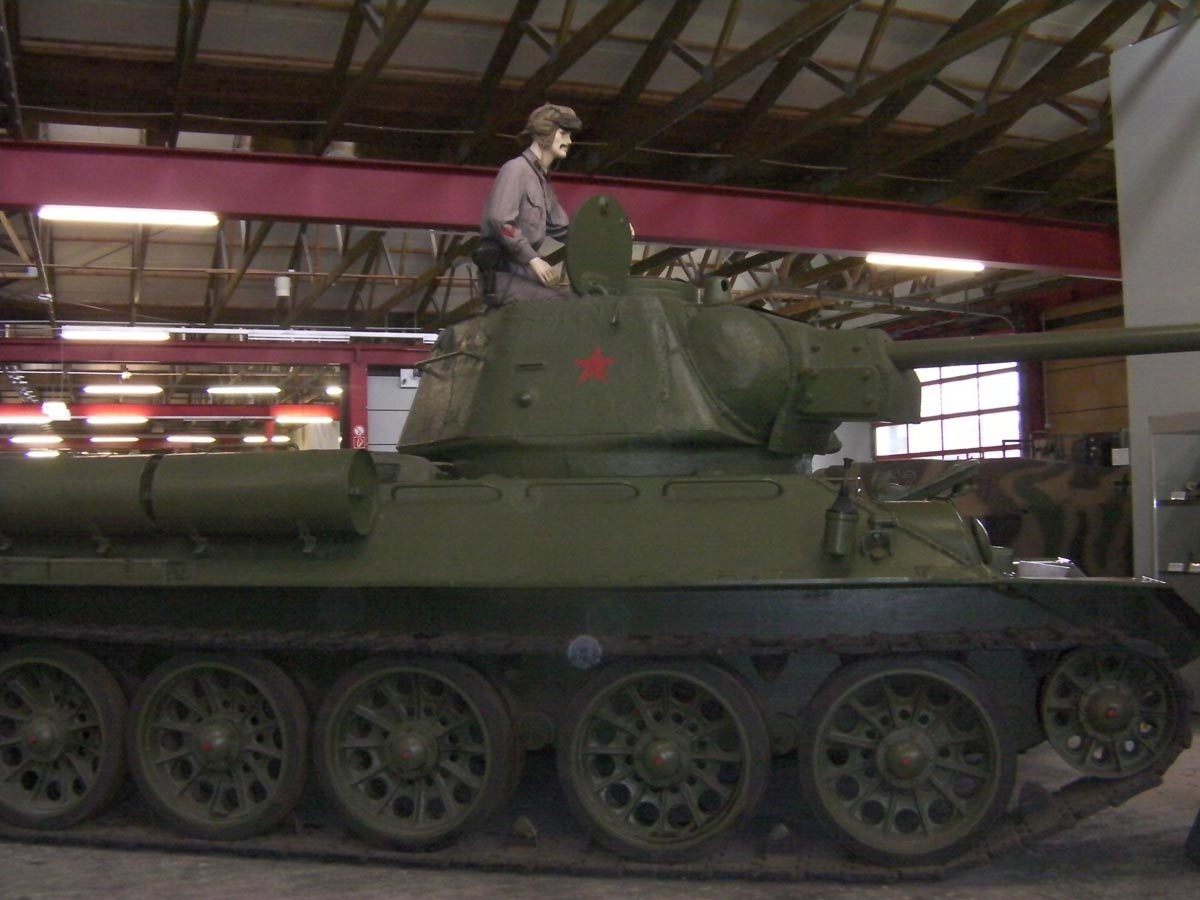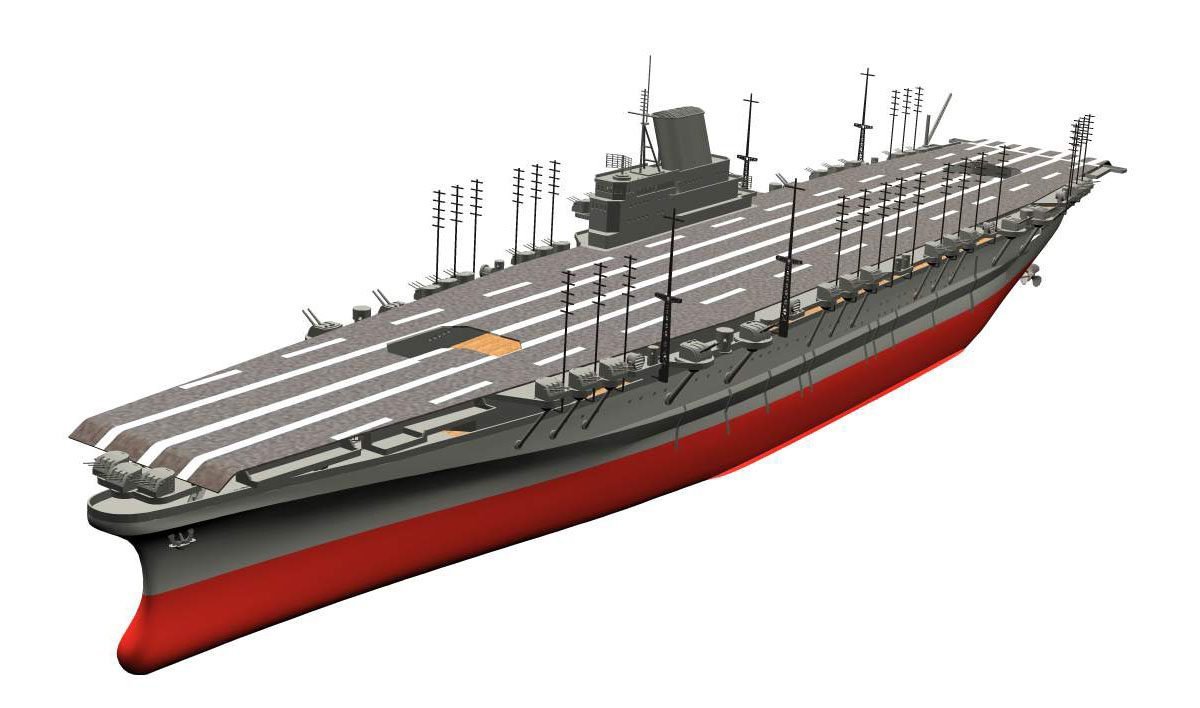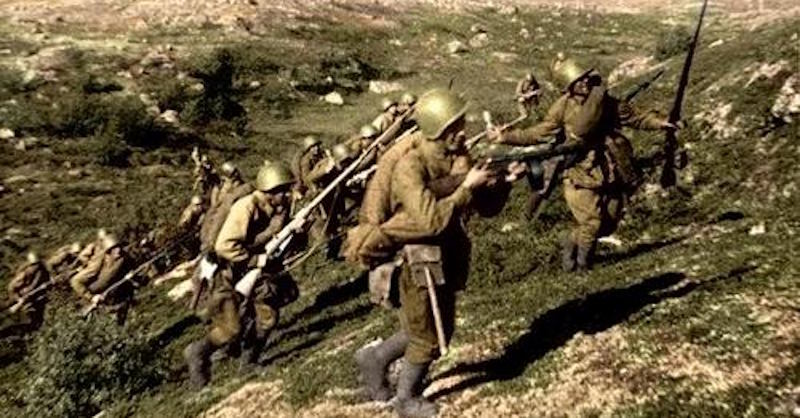US war decisive World War 2 long-range escort fighter plane.
History, development, service, specifications, pictures and 3D model.
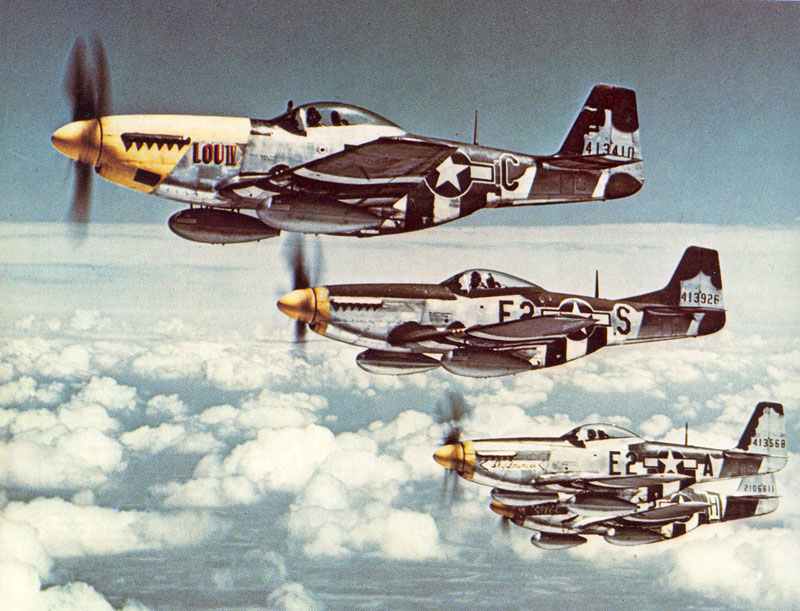
North American P-51 Mustang
Table of Contents
North American P-51 Mustang
Type: Long-range escort fighter.
The P-51 Mustang was a single-seat fighter and fighter-bomber used by the United States Army Air Forces (USAAF) during World War II and the Korean War. It was designed and built by North American Aviation (NAA) in response to a British requirement for more fighter planes. The P-51 is considered one of the best fighter planes of World War II.
Overview P-51 Mustang
Engine: The P-51 was initially powered by an Allison V-1710 engine, but later variants (P-51B and onwards) were fitted with the more powerful Rolls-Royce Merlin engine, significantly improving its performance.
Range: With external fuel tanks, the P-51 had an impressive range of over 1,000 miles, allowing it to escort bombers deep into enemy territory.
Speed: The P-51D, the most widely produced variant, had a top speed of 437 mph (703 km/h) at 25,000 feet (7,600 m).
Armament: The P-51 was armed with six .50 caliber (12.7 mm) M2 Browning machine guns, three in each wing.
Versatility: In addition to its role as a fighter, the P-51 was also used for ground attack, reconnaissance, and as a fighter-bomber.
Nicknames: The P-51 was nicknamed ‘Cadillac of the Skies’ by the Allies and ‘Bastard of Bodney’ by the Luftwaffe.
The P-51 Mustang played a crucial role in achieving air superiority over Europe during World War II and is widely regarded as one of the most successful and iconic fighter planes in aviation history.
History
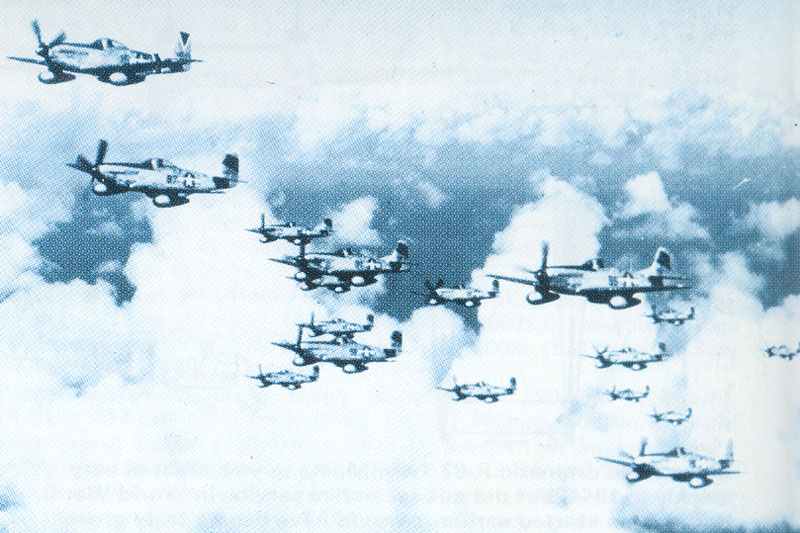
Many claims have been made for the P-51 Mustang: that it was the best combat aircraft of the WW2, that it marked the transition from the piston-engined to the jet fighter, and that it was the type that gave the Allies final supremacy in the skies. The truth is perhaps slightly obscured by all these assertions. The P-51 was the product of two advanced technologies. The American aircraft industry, in 117 days, designed an airframe that was extremely advanced in structure and aerodynamics. The British engine industry, with its outstanding Rolls-Royce Merlin, provided the ideal complement. The P-51 Mustang would not have become immortal without the British engine, which had already made the Supermarine Spitfire famous.
A total of 15,469 P-51 Mustangs were built. The type destroyed 4,950 enemy aircraft in air combat and 4,131 on the ground in the course of 213,873 missions in Europe alone. P-51s also saw duty with the U.S.A.F. during the Korean War, and they served in the air forces of some twenty other countries. A few Mustangs are still flying in private hands today, notably the pilots of the U.S. Unlimited air-racing circuit.
In April 1940 the visiting British Purchasing Commission suggested to North American that Curtiss P-40 fighters be built under license for the R.A.F. The president of North American, J. H. ‘Dutch’ Kindelberger, was not enthusiastic. He said that his company could produce a fighter that was even better than the P-40 on the power of the same engine, the V-12 Allison V-1710. The British accepted the proposal but made it a condition that the prototype be ready in no more than 120 days because the situation in Europe was extremely serious. Two North American designers, Raymond Rice and Edgar Schmued, got to work at once. The resulting prototype, the NA-73X, was ready three days ahead of schedule, albeit without an engine and with wheels borrowed from an AT-6 trainer. The first flight took place on October 26, 1940. The aircraft had exceptionally pure lines and its performance was outstanding, with a top speed about 25 mph (40 km/h) greater than that of the Curtiss P-40.
Meanwhile, the U.S. Government had approved the R.A.F. order for 320 aircraft, provided that the U.S.A.A.C. was supplied with two examples for testing. The first production Mustang, which took to the air on May 1, 1941, remained at North American for technical evaluation. The second reached Britain in November and was officially designated the Mustang Mk. I. These aircraft, considered by the R.A.F. to be far superior to any other American fighter, were put into service in April 1942 in the tactical reconnaissance role. At the same time the British ordered another 300 which differed only in equipment and armament.
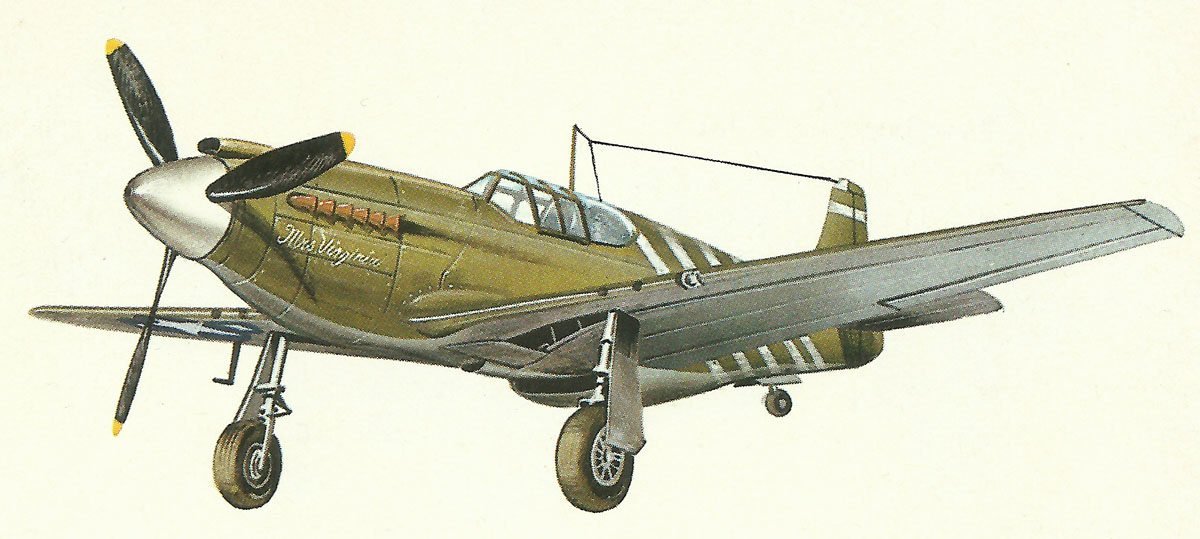
Despite its brilliant performance in flight tests with the U.S.A.A.C., only 50 Mustangs were ordered, for photo reconnaissance duties. Subsequently, however, 500 of the A-36A dive bomber version were ordered. These aircraft were delivered between September 1942 and March 1943. Another order was received for 310 P-51 As, deliveries of which began in the spring of 1943. However, the Mustang’s best days were still to come. The idea that led to the realization of the type’s full potential came to British and American engineers almost simultaneously. The R.A.F. gave Rolls-Royce four Mustangs for testing with the Merlin 61 engine. In the United States, meanwhile, two airframes were sent to North American for testing with the Merlin that the Packard company built under license, the V-1650-3. Thus, in September 1942, the P-51 B prototype came about.
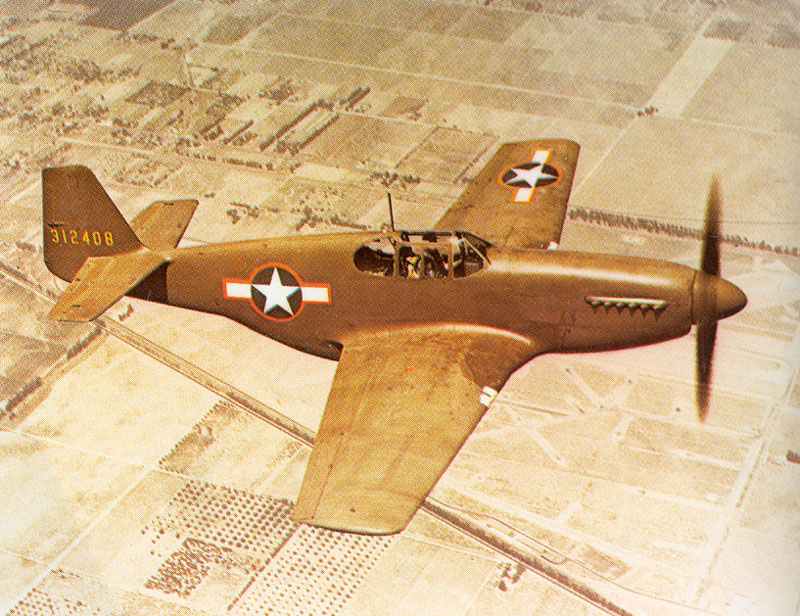
Only minor changes were made to the forward fuselage to accommodate the new engine, but performance was spectacularly improved. The new aircraft could reach a speed of 440 mph (710 km/hr) at 30,000ft (9,000 meters), climbing to 20,000 ft (6,100 m) in five minutes 54 seconds. This was a remarkable improvement on the P51 A’s top speed of 390mph (628 km/hr) at 20,000 ft and more than nine minutes time to height.
The type went into mass production in the summer of 1943, being built at the Inglewood factory as the P-51 B (1,988 aircraft) and in the new Dallas plant as the P-51C (1,750 aircraft). Britain received about 1,000, designating them Mustang Mk.III. The first P-51 B commenced operations with the 8th Air Force in England on December 1.
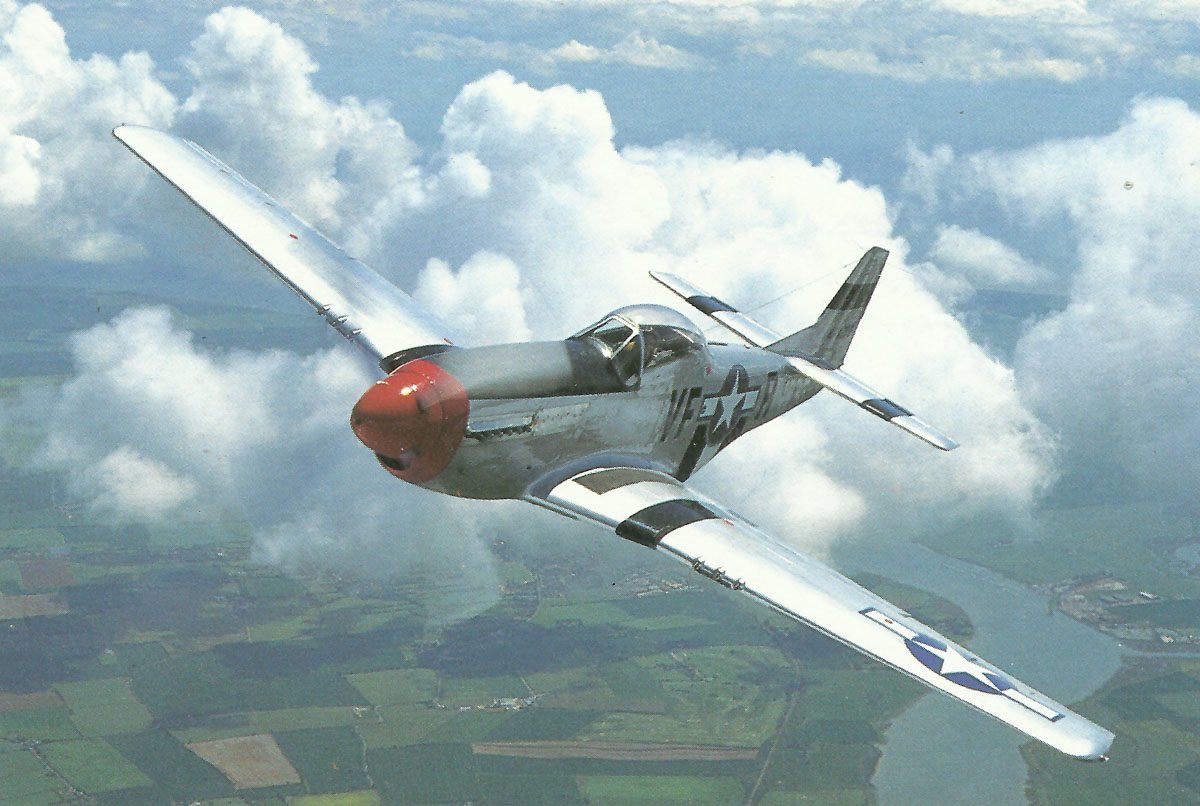
The following spring saw the appearance of the main production model, the P-51 D. The R.A.F. had experimented with its Mustang Mk.III to improve the visibility from the cockpit. A frame less bubble canopy, the Malcolm (named after its inventor), was introduced. North American also tackled the problem, cutting down the fuselage decking behind the cockpit, adding to the vertical tail surface to make up for the loss of keel area, and fitting a teardrop-shaped, fully transparent canopy. A total of 7,966 P-51 Ds were built. This, variant was powered by a 1,700 hp engine and had a top speed of 437 mph (703 km/h) at 25,000 ft (7,620 meters). The fastest Mustang, however, was the next version, the P-51 H, which took part in the final operations against the Japanese and had a top speed of 490 mph (784 km/h) at 25,000 ft. A total of 555 Hs were built.
Users: Australia, Canada, China, Netherlands, New Zealand, Poland, South Africa, Soviet Union, Sweden, UK (RAF), USA (AAC/AAF).
Pictures of P-51 Mustang
Data for North American P-51 D Mustang
Specification:
North American P-51 D Mustang | specification |
|---|---|
Type | long-range escort fighter |
Power plant | one Packard V-1650-7 (licence-built R-R Merlin 61-series) with 1,590hp |
Accommodation | 1 |
Wing span | 37 ft 0 1/2 in |
Length overall | 32 ft 2 1/2 in |
Height overall | 13 ft 8 in |
Weight empty | 7,125 lb |
Weight maximum loaded | 11,600 lb |
Max level speed | 437 mph |
initial climb | 3,475 ft/min |
Service ceiling | 41,900 ft |
Range | combat range 950 miles, operational range with drop_tanks 1,300 miles, absolute range to dry_tanks 2,080 miles |
Armament:
North American P-51 D Mustang | data |
|---|---|
in wings | six 0.5in Browning M3 with 270 or 400 rounds each [1100 rpm, velocity 2500 ft.sec, bullet weight 1,71 Oz.] |
external load | wing racks for tanks or two 1,000lb bombs |
Service statistics:
North American P-51 D Mustang | figures |
|---|---|
First flight (prototype) | 26 October 1940, with Merlin engine 13 October 1942, XP51-D November 1943 |
Service delivery | May 1941 (P-51A), late 1943 (P-51D) |
First long-range escort operation | 13 December 1943 (45 P-51B/C to Kiel) |
P-51D combat missions in quantity | from March 1944 |
Final delivery | November 1945 (P-51H) |
Unit cost | $ 50,895 |
Total production figure | 15,686 (of this 7,966 P-51D) |
No. of Sorties in Europe 42-45 | 213,873 |
Bomb Tonnage in Europe 42-45 | 5,668 ts |
US Lost in Combat in Europe 42-45 | 2,520 |
Enemies claimed Destroyed in air, Europe 42-45 | 4,950 |
Enemies claimed Destroyed on ground, Europe 42-45 | 4,131 |
Animated 3D model of P-51 D Mustang
References and literature
Combat Aircraft of World War II (Bill Gunston)
Technik und Einsatz der Kampfflugzeuge vom 1. Weltkrieg bis heute (Ian Parsons)
Das große Buch der Luftkämpfe (Ian Parsons)
Luftkrieg (Piekalkiewicz)
Flugzeuge des 2. Weltkrieges (Andrew Kershaw)
World Aircraft World War II (Enzo Angelucci, Paolo Matricardi)
The Encyclopedia of Weapons of World War II (Chris Bishop)



